Description
Ticagrelor Information
What is this drug used for?
– It is used to lower the chance of heart attack, stroke, and death in some people.
– It is used to lower the chance of blockage of a stent after a stent is placed in the heart.
– It may be given to you for other reasons. Talk with the doctor.
Possible side effects
Ticagrelor?may cause side effects. Tell your doctor if any of these symptoms are severe or do not go away:
– Signs of an allergic reaction, like rash; hives; itching; red, swollen, blistered, or peeling skin with or without fever; wheezing; tightness in the chest or throat; trouble breathing, swallowing, or talking; unusual hoarseness; or swelling of the mouth, face, lips, tongue, or throat.
– Signs of bleeding like throwing up or coughing up blood; vomit that looks like coffee grounds; blood in the urine; black, red, or tarry stools; bleeding from the gums; abnormal vaginal bleeding; bruises without a cause or that get bigger; or bleeding you cannot stop.
– Weakness on 1 side of the body, trouble speaking or thinking, change in balance, drooping on one side of the face, or blurred eyesight.
– Very bad headache.
– Shortness of breath.
– Slow heartbeat.
– A heartbeat that does not feel normal.
Medication Safety Issues
Sound-alike/look-alike issues:
Brilinta may be confused with Brintellix
Storage and Stability
Store at 25?C (77?F); excursions permitted to 15?C to 30?C (59?F to 86?F).
Adverse Reactions
As with all drugs which may affect hemostasis, bleeding is associated with ticagrelor. Hemorrhage may occur at virtually any site. Risk is dependent on multiple variables, including the concurrent use of multiple agents which alter hemostasis and patient susceptibility.
>10%: Respiratory: Dyspnea (14%)
1% to 10%:
Cardiovascular: ECG abnormality (ventricular pause; 2% to 6%), presyncope (?2%), syncope (?2%)
Central nervous system: Dizziness (5%), loss of consciousness (?2%)
Gastrointestinal: Nausea (4%)
Hematologic & oncologic: Major hemorrhage (4%), minor hemorrhage (4%)
Renal: Increased serum creatinine (7%; transient; mechanism undetermined)
Frequency not defined: Endocrine & metabolic: Increased uric acid
<1%, postmarketing, and/or case reports: Angioedema, atrioventricular block, bradycardia, gout, hypersensitivity reaction, skin rash, thrombotic thrombocytopenic purpura (Wang 2018)
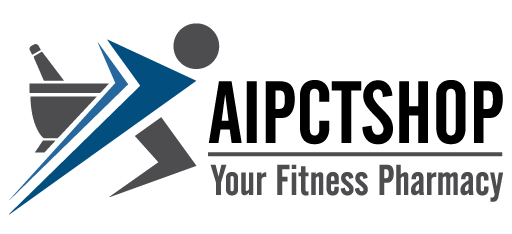
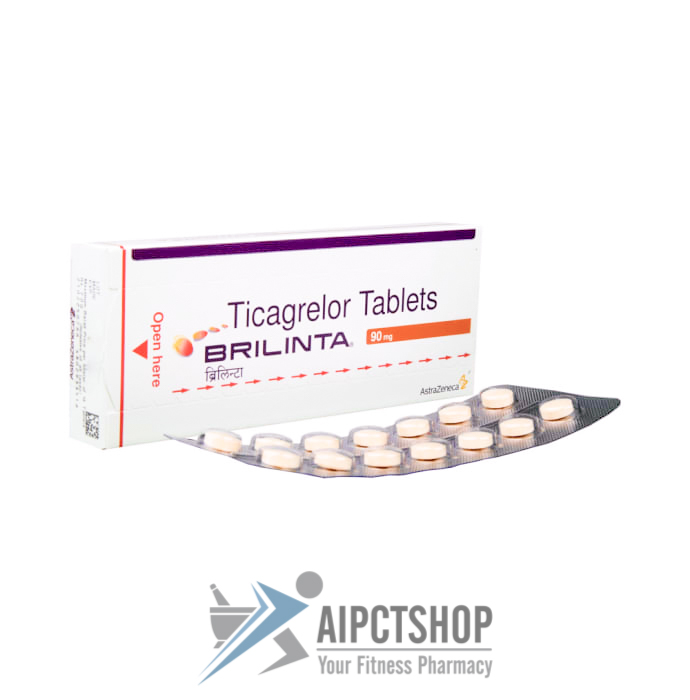
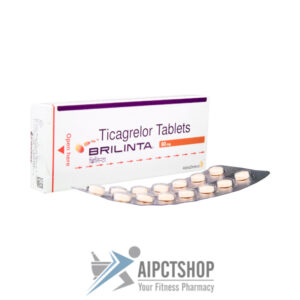
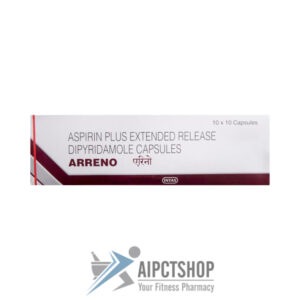
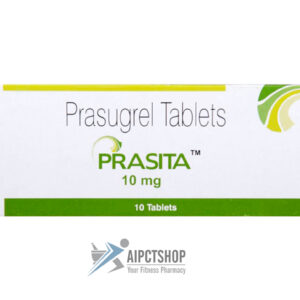

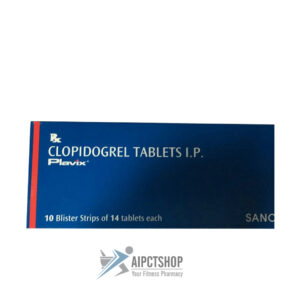



Reviews
There are no reviews yet.